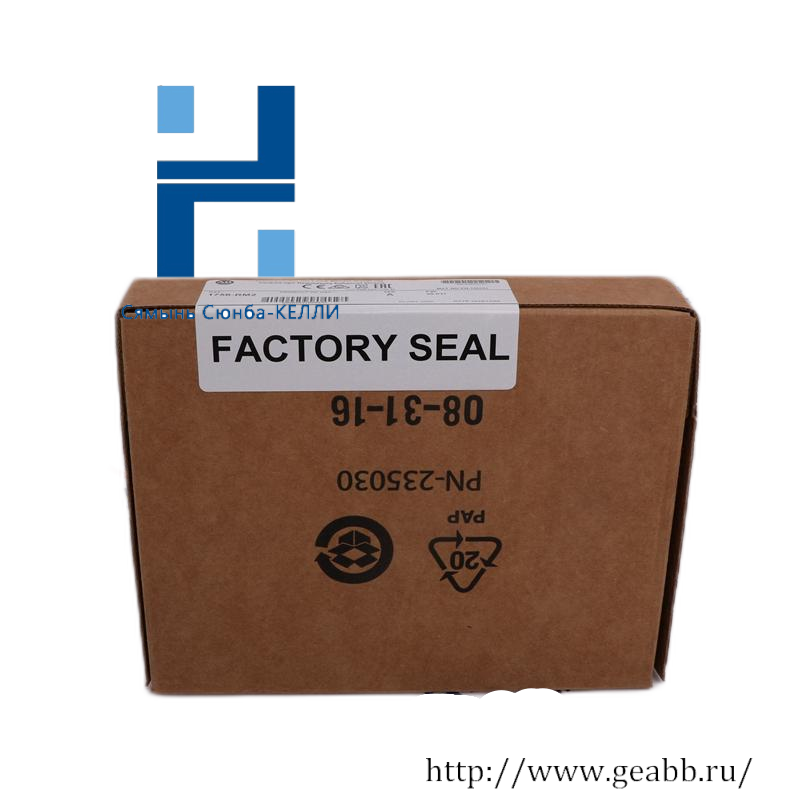Model Type:Redundancy Module
Model Number:1756-RM2
Manufacturer:Allen-Bradley
Channels:2
Current Rating (5.1 VDC):1.16 A
Current Rating (24 VDC):3.4 mA
Enclosure Type:Open
RFI Suppression:10 V/M at 1 KHz sine-wave, 80% AM, 800 MHz — 2 GHz
Display:4 character alpha-numeric
Mounting Method:Chassis
Temperature Rating:32°F — 140°F
Power Supply (24 VDC):3.4 mA
Communication Speed:10/100 Mbps
Communication Protocol:Ethernet/IP Bridge
Connection Cables:802.3 compliant shielded or unshielded twisted pair
Environmental Conditions:5% — 95% non-condensing relative humidity
Vibration Resistance:2 g
Shock Resistance:30 g
Interface:Ethernet, USB Port
Designed for enhanced reliability in industrial automation systems, the Allen-Bradley 1756-RM2 ControlLogix Redundancy Enhanced Module ensures continuous operation even under fault conditions. This high-capacity IP communication module is specifically engineered to provide redundancy, thus increasing system availability and reducing downtime.
Equipped with advanced Ethernet/IP Bridge technology, this module facilitates seamless data exchange between ControlLogix controllers and other devices within the network, ensuring robust and efficient communication across the entire automation infrastructure.
With its open type enclosure, the 1756-RM2 is optimized for a wide range of operating environments, from low to high temperatures, and can withstand varying humidity levels without compromising performance. It also boasts exceptional vibration and shock resistance, ensuring durability in harsh industrial settings.
The inclusion of both Ethernet and USB ports offers versatile connectivity options, allowing for easy integration with various components and devices. The 5.1 W power dissipation ensures efficient energy management, while the 30 V continuous isolation provides an additional layer of safety against electrical hazards.
This module’s ability to support 802.3 compliant shielded or unshielded twisted pair cables enhances its flexibility in terms of installation and compatibility with existing network infrastructures. The comprehensive set of specifications ensures that it meets the stringent requirements of modern industrial control systems, making it an indispensable component for enhancing the reliability and efficiency of automation processes.










Reviews
There are no reviews yet.